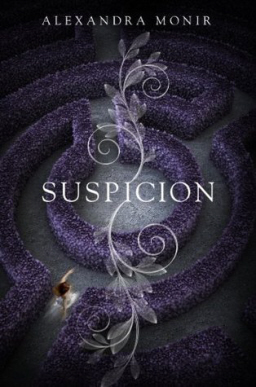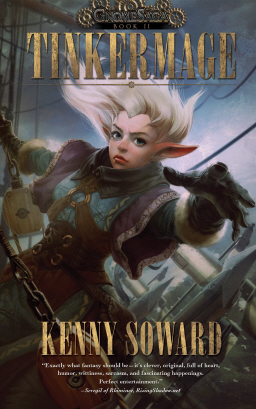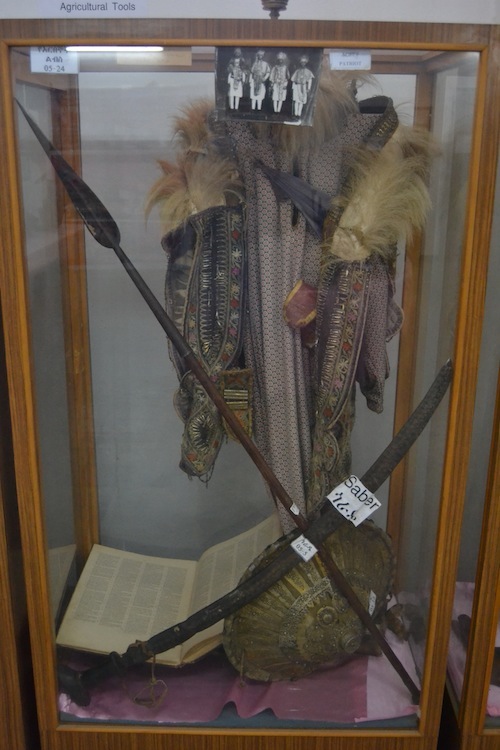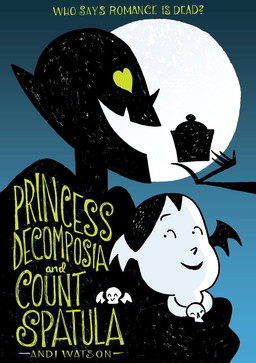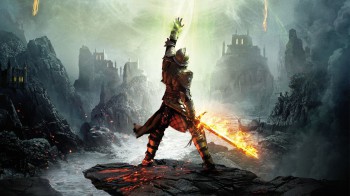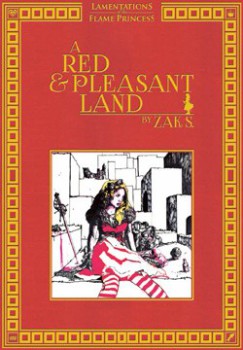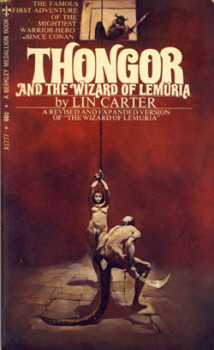The Series Series: Clariel by Garth Nix
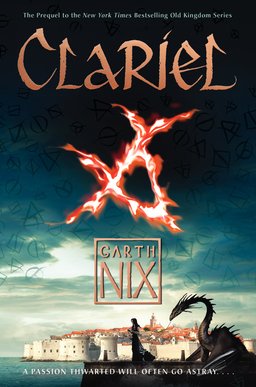 Clariel is a surprise, not quite like anything we’ve seen from the Garth Nix’s Old Kingdom series. For a longtime fan of the Old Kingdom, Clariel stands alone well — its plot arc is complete and satisfying in one volume — but for a newcomer to the Old Kingdom, it’s still best to start at the beginning. Fortunately for any of you who are newcomers, the beginning is awesome and absolutely worth backtracking for.
Clariel is a surprise, not quite like anything we’ve seen from the Garth Nix’s Old Kingdom series. For a longtime fan of the Old Kingdom, Clariel stands alone well — its plot arc is complete and satisfying in one volume — but for a newcomer to the Old Kingdom, it’s still best to start at the beginning. Fortunately for any of you who are newcomers, the beginning is awesome and absolutely worth backtracking for.
Like its predecessors, Clariel offers exceptionally disturbing monsters, the tragic undead, gorgeous worldbuilding, and coming-of-age anxiety that uses its powers for good. Well, in Clariel, the good is more complicated than ever before, because the title character has no talent for the Charter Magic that could connect her to the natural laws and relationships that make her world possible. Clariel’s knack is for Free Magic. While the Free part sounds good at first, Free Magic tends to corrode all relationships based on compassion, protection, and kinship, instead dragging its human practitioners into the thrall of monstrous beings older than the world. How can a girl with such a knack come into her power without destroying everything she holds dear?
Garth Nix’s novels of the Old Kingdom are among my favorite YA books. The first volume, Sabriel, is a consistent favorite of my students, too. A family of benevolent necromancers keep the dead down in a nation that barely holds together against a deviously masterminded invasion from the afterworld. Sabriel comes of age as she struggles to save what’s left of a basically failed state. The title character in Lirael discovers her connection with the Abhorsen family a generation later, when the Old Kingdom’s fragile new peace is threatened by an even more ancient foe, and in Abhorsen the whole family gathers for some very deep magic that opens new questions about the underpinnings of their whole world.
